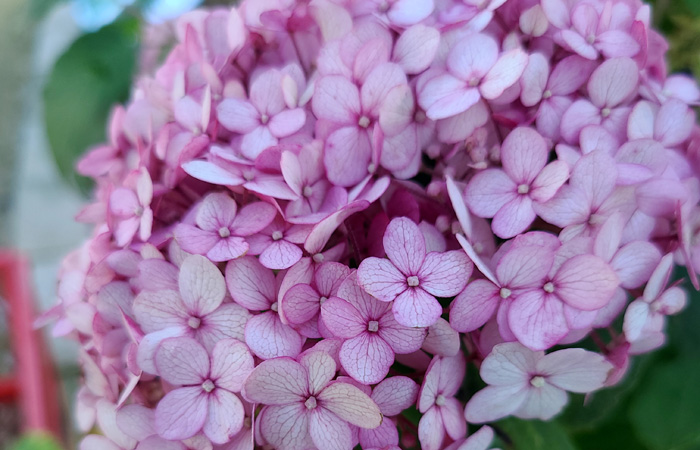Deeply Rooted
Beating the System – Part 2

Let’s just dive straight into this. Last post I touched on sheltering and protecting your more fragile plants from the wind and open environments. This post we will touch more on moisture.
So here is my second helpful tip; grow the tree in a slightly raised area. We are in the Red River Valley which can have very wet and very dry soil. If the tree is growing in a slightly higher elevated area the drainage is better and water table is lower. The logic behind this is that trees will not continue growing into the later fall season if it doesn’t have adequate moisture. They shut down sooner which makes them more prepared. In essence they are not caught with their pants down LOL. I will give more tips of how to shut trees down later in this article. The raised area cannot be too narrow, or the roots could also freeze out faster. If its just raised not sheltered the snow can blow off causing higher risk of root kill.
Because moisture in the fall can extend the desire for growth and avoiding shut down, it is also good to have the raised area be made up of sandy soil. The aim is to minimize the potential for more growth. I have observed an example of this in large Prairie Sky Poplars that have succumb to the winter after being establish for 10 years. The trees on a higher dryer slope tend to survive better than those in low wet soil. This is especially so when we have quite a bit of excess moisture in the fall. Raised soil comes with the cost of having to add water when it is very dry, but you can always add water you cannot necessarily take it out.
This leads directly into my next point which is do not water heavily in the fall. Whether or not the plant is on clay or sand, heavy watering will encourage growth that you don’t want. This growth will not harden up for winter and you will have die back.
Some experts have even suggested placing tarps on the ground around trees that need to shut down. Although this is a good idea, I find it impractical and time-consuming.
My last suggestion on how to harden a tree up for fall is to grow grass around it. This goes contrary to all advice about getting growth rates out of trees. I’m always an advocate of having a 3 to 4 ft circle of black soil around trees or tilling /weeding strips in shelterbelts.
By allowing grass to grow in very near to the stem a significant amount of water and nutrient is drawn out of the soil. This will slow the tree growth down and shut it down sooner. Additional water during the summer and a little injected fertilizer early in the season will still give you good summer growth rates. One hiccup is that the lawn mower may get too close. It’s definitely something to consider. Nobody needs bark torn off the tree.
Bark mulch will do the opposite and keep moisture in. This practice is a toss up, bark mulch will also insulate The Roots. I would only mulch a tender tree that is very well drained and only if the roots are more frost sensitive. For Hardy trees that enjoy moisture, mulch is a good way to keep the soil damper.




